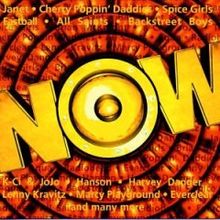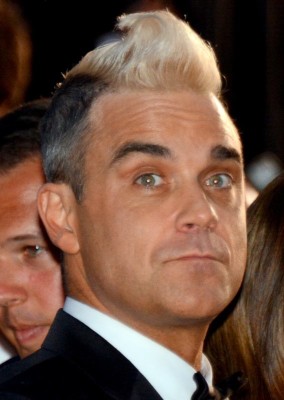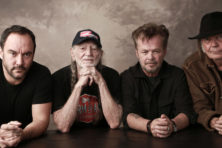The Power of Now!
- Share
- Tweet
- Pin
- Share

When the descending harp of Janet Jackson’s “Together Again” hit the ears of anyone listening to the new Now That’s What I Call Music! series in October of 1998, a shift took place within the music industry. No longer did a pop lover have to buy multiple albums or listen to the commercial-heavy radio to hear all the hottest songs of the day. The executives at Virgin Records put them all in one place and the compilation album took hold in the United States.
Virgin had been doing this for years in England and Ireland. By the time the first Now album dropped in the United States, the UK was set to release its 41st edition of the album. But in the United States, compilations were reserved for oldies or single artists who were looking for a sales bump with a greatest hits collection.

The first ‘Now That’s What I Call Music!’ was released under Virgin Records in the UK on Nov. 28, 1983.
Part of the reason the United States waited so long was due to label competition. The people at Now had to convince other labels to give away their most popular songs so that Virgin Records could put them on an album with the best songs from a rival label.
But by the fifth edition of Now in the United States, labels began pitching their artists’ best new songs to the compilation gurus and hoping to make the cut. By then, Now albums were often selling more than individual artists so the compilation served as an advertising tool to drive more sales to an artist’s complete record.
As a snapshot of the most popular music of today, Now albums seem an easy candidate for a best-selling record, and they are. Every single album in the main series of Now That’s What I Call Music! has reached the top 10 in the Billboard 200 charts. The only artist to have more number one albums than Now is The Beatles. They have sold more than 100 million copies, topping acts like Katy Perry, The Doors and Tom Petty.
But there is an art that goes into the album’s success as well. It takes a few months to get the licensing, artwork and production down for almost 20 tracks. A song at the top of the charts today could fade out of popularity by the time the compilation comes out. So executives at the Now office have to do a bit of guesswork.

Robbie Williams is the most featured artist in the Now series with 37 appearances through the 92 albums released in the UK.
While some songs on the album have already been established on the airwaves, others are predictions as to what will be popular right when the album comes out. The label hopes that some of the songs they included that were not popular at the time take over the charts when the album hits shelves.
With the advent of burning CDs, iPods and digital music allowing for single song downloads, the need for someone else to make a compilation album is dwindling. But Now executives state that sales of the album have not decreased more than any other album sales and the most recent edition, Now 56, debuted at number four on the Billboard 200 charts with 58,000 copies sold in the first week.
The album has also branched into other music styles such as Christmas hits, country music and the more eclectic Now That’s What I Call Disney Princess.
Looking to dig into the past 20 years of pop music? Drawing from rankings across the web, it seems that Now 4, Now 5, Now 6, and Now 17 drew the best picture of recent pop music history.

